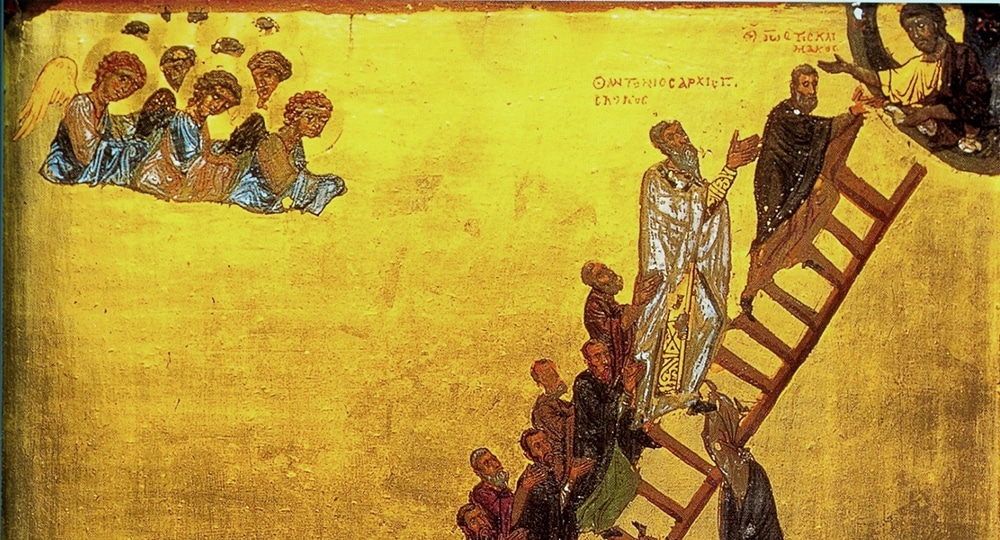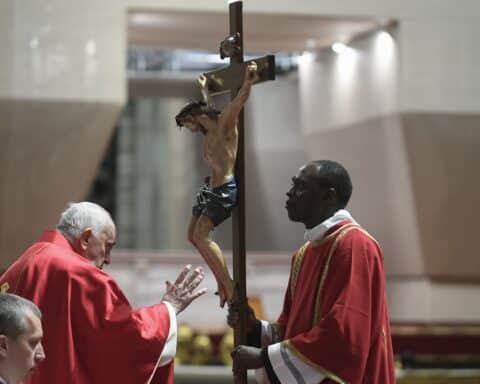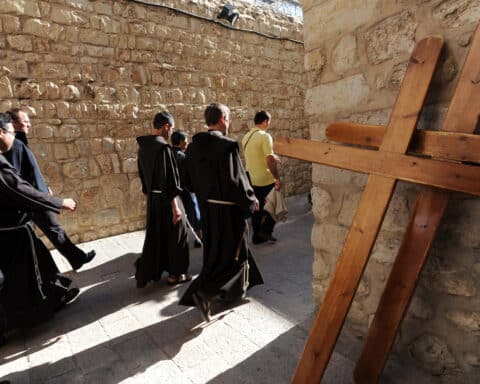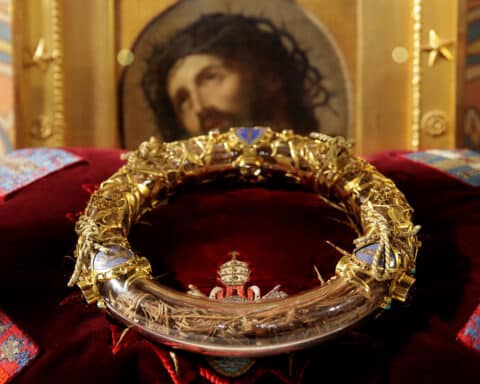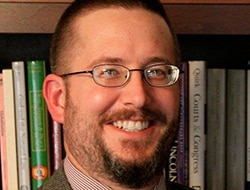
But it’s not just monks in the Eastern Church who wrestle with “The Ladder of Divine Ascent” each Lent. Many laymen, too, work their way through this spiritual classic that, to put it mildly, is not exactly written for the modern Christian. Heavy on self-sacrifice, humility (and even humiliation), the necessity of obedience and mourning and the remembrance of death, “The Ladder” makes the cold showers of Exodus 90 look easy by comparison.
I’ve read a chapter of “The Ladder of Divine Ascent” every day during Lent a few times over the past 25 or so years, each time finding deeper meaning in different steps, depending on my state in life. As I work my way through it again for the first time in probably seven years, I have been more aware than ever of St. John’s emphasis, step after step, on the need to keep our own mortality ever before our eyes.
Part of that awareness, no doubt, is a result of my age. The last time I read “The Ladder of Divine Ascent,” I wasn’t exactly in the prime of my life, but I had begun to run again after 20 or more years, and I was feeling physically better than I had in a long time. Now, I’m feeling all of my nearly 52 years, and even though I’m running once again (after nearly three years of injuries and other disruptions to my schedule), the miles don’t come as easily or as often.
|
Want more coverage on coronavirus from a perspective of faith? Sign up for our daily newsletter.
|
But another big part of that awareness stems from the news reports concerning the coronavirus. I was born 50 years after the Spanish flu pandemic of 1918, and within living memory of smallpox and polio. Famines and drug abuse aside, the state of public health worldwide has, over the course of my lifetime, improved dramatically. For most people in the developed world, and even a good portion of the population of the developing world, death ceased at some point in the second half of the 20th century to be an everyday reality.
If even the most cautious projections about the spread of the coronavirus — made possible by the worldwide urbanization during the 20th century and the development of mass transportation (particularly air travel) — are true, the remembrance of death may well become an everyday reality once more. I don’t say that to be alarmist — even the most pessimistic projections of fatalities associated with the coronavirus indicate that it is likely to be far less lethal than the Spanish flu — but simply to note that we are about to return to something closer to the reality that most human beings experienced over the millennia that man has walked this earth.
We can choose to rage against that reality, or to despair — or we can choose to see in it an opportunity to embrace the awareness of our own mortality and to turn it to our spiritual benefit. If you knew that today would be your last day on earth, what would you do? Go to Disney World? Watch more TV? Eat another Big Mac? Place one last order from Amazon?
Or would you spend some time doing what the Church has always called us to do during Lent — making our souls right with God through prayer, fasting, confession and almsgiving, healing our divisions with family and friends and neighbors, and spreading the good news that, for those who believe in Jesus Christ, death is not the end?
Scott P. Richert is publisher for OSV.

